Duration
12Days/ 11 NightsTrek Difficulty
DifficultHighest Altitude
5260MtBest Time
May to OctPrice
48000/-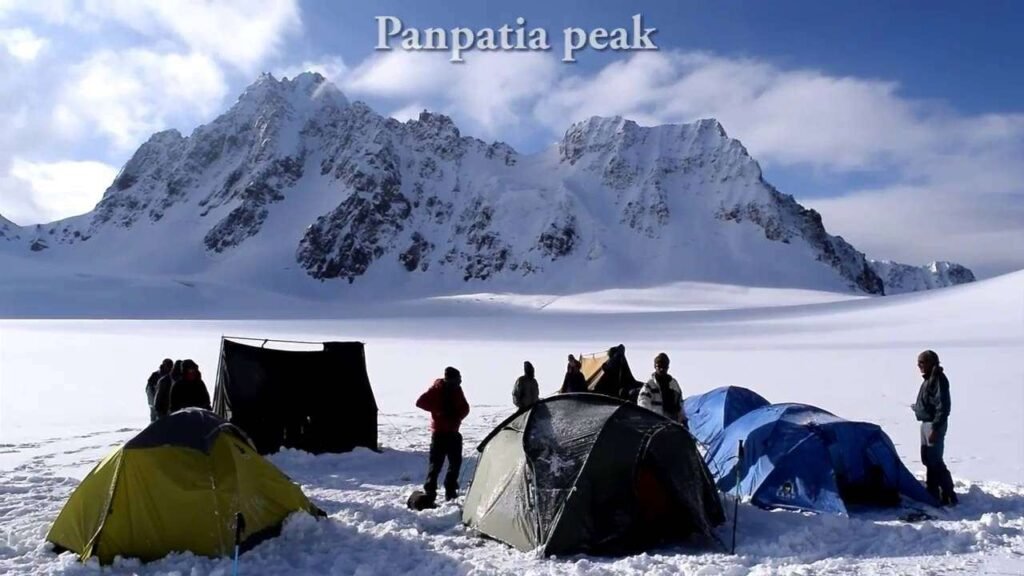
Uttarakhand
PANPATIA COL
Details
The Panpatia Glacier trek is considered one of the most challenging and adventurous treks in the Garhwal Himalayas. The route takes trekkers through breathtaking alpine landscapes, dense forests, high mountain passes, and pristine meadows. It's a relatively remote and less-traveled route, making it suitable for experienced trekkers and adventurers.
Gateway to the Himalayas
Journey Begins: Start from the spiritual towns of Haridwar or Rishikesh, heading towards Joshimath, a crucial pitstop in many Himalayan travels. Continue to Badrinath, one of the Char Dhams, revered by Hindus as a sacred place of pilgrimage.
Into the Wilderness
Trek to Shepherd Camp: Depart Badrinath to venture into the surrounding mountains, reaching a campsite often used by shepherds. This transition marks your entry into the less trodden paths and the wilderness of the Himalayas.
Approaching the Glacier
Trek to Snout Camp: The journey from Shepherd Camp to Snout Camp involves navigating through rugged terrain, moving closer to the glacier. This camp is named for its proximity to the glacier's snout, the starting point of a river.
The Rugged Terrain
Trek to Moraine Camp: Continue from Snout Camp to Moraine Camp, trekking over moraines—accumulations of unconsolidated glacial debris. This part of the trek provides challenging yet thrilling experiences with stunning glacial landscapes.
Preparing for Altitudes
Acclimatization Day: A crucial day for rest and acclimatization to prepare for the higher altitudes ahead. This day helps in minimizing the risk of altitude sickness and allows time to explore the surroundings.
Edging Closer
Trek to Base of Parvati Col: Moving from Moraine Camp to the base of Parvati Col involves navigating through challenging terrains but is rewarded with breathtaking views and the anticipation of crossing the pass.
The Snowfield
Crossing to Camp 1: The day involves a strenuous trek across the snowfield to reach Camp 1 on the other side of Parvati Col. The Panpatia snowfield is an expanse of snow and ice, offering an otherworldly landscape.
The Col Crossing
Journey Across Panpatia Col: Continue the challenging trek across Panpatia Col, descending to camp near Sujal Sarovar, a serene high-altitude lake, marking the completion of one of the trek's most difficult sections.
Sacred Landscapes
Trek to Madhyamaheshwar: From Sujal Sarovar, move towards Kanchani Tal, and then to Madhyamaheshwar Temple. This ancient temple is part of the Panch Kedar and holds immense spiritual significance.
Reflection and Exploration
Rest at Madhyamaheshwar: A day to rest, reflect on the journey thus far, and explore the area around Madhyamaheshwar Temple, absorbing the serene spirituality and breathtaking natural beauty.
The Descent
Trek to Ransi: Begin the return journey by trekking from Madhyamaheshwar to Ransi, descending through the beautiful landscape, marking the start of the journey back to civilization.
Return to the Plains
Return to Dehradun: The final leg of the journey takes you from Ransi back to Dehradun, concluding an extraordinary trek through some of the Himalayas' most untouched and spiritually significant landscapes.
Terms and Conditions
- Carry valid id card i.e. Aadhar Card/Passport/Driving Licence.
- Modification or Amendment is accepted in compliance with the cancellation policy. Any changes in tax must be paid by the guest.
- Any changes in tax must be paid by the guest.
- Hike2Heaven reserves the right to cancel the booking if the balance amount is not paid at the time of arrival.
- Guaranteed bookings are those for which the full and final payments have been received before start of Trek.
- 30% of the payment must be done at the time of booking.
- The remaining 70% of the payment must be cleared before arrival as it is required to arrange stay, food, and other equipment for the trek.
- Full payment must be made in advance to confirm bookings and can be done in Cash/UPI/Bank account only.
- Personal cheques and post-dated cheques are not acceptable.
- Payments can be deposited using bank details, online payment, Gpay, Phonepe, Paytm.
- A scan or fax copy of the bank-stamped deposit Pay-in slip or a screenshot of the transaction is required for online transfers.
Cancellation Policy
| Number of Days prior to Trek | Cancellation Charges applicable |
| 30 Days before | 10% |
| 8-29 Days before | 30% |
| 7 Days before/ No show | No refund |
Note: - Contact us in case of change of dates/trek
Trek Cost Inclusion
- Accommodation: - Stay is included on all days of the trek. In tents/guest house double/triple sharing only. Guesthouse stay will be at base of Trek and on other days you will be staying in tents.
- Meals: - Meals are simple, nutritious, and vegetarian.
Day Meal included Day-1 of base camp arrival Dinner & Breakfast next morning Next Days on Trek Breakfast, Packed lunch & Dinner Final Day at Base camp for Departure Dinner & Breakfast next morning - Non-veg meals are not served.
- Trek Equipment: - All the trek equipment will be included like a sleeping bag, Camping Tent, kitchen tent, utensils, mattress, tent, toilet tent, and crampon (if needed).
- Transportation: - Transportation charges are included if opted for.
- First aid medical kits.
- All the needed forest entry fees along with permits.
- Your trek will be led by a trained, experienced professional guides and trek leaders with a solid guiding background, trekking experience, and a passion for leading people into breathtaking terrains.
Trek Cost Exclusion
- All kinds of personal expenditures are excluded.
- Anything that we have not mentioned above.
- The trek cost is not inclusive of meals bought during the journey on 1st day and last day. (Food starts from dinner at base camp on day first till last day morning breakfast).
- Mules or porter charges to carry private baggage.
- Any kind of emergency evacuation charges.
Packing List
Things you must take on the trek
- DOCUMENTS REQUIRED
- VITAL GEAR KIT
- PERSONAL MEDICAL/HEALTH KIT
1.DOCUMENTS REQUIRED: -
To ensure a smooth and hassle-free trekking experience with Hike2Heaven, make sure you have the following documents ready. These documents are required by both Hike2Heaven and the forest department, and without them, you will not be permitted to trek.
1.Government Photo Identity Card: Carry the original and a photocopy of a government- issued photo identity card. This can include a driver’s license, Aadhar Card, or passport. The forest department requires this for identification purposes.
2. Disclaimer Certificate: The disclaimer certificate consists of two sections:
•Personal Medical Record if anyDuring registration at the base camp, hand it over to your Trek Leader.
Pro Tips:. Safeguard your important documents by placing them in a clear plastic cover and sliding them into the inner pocket at the back of your backpack. This precaution prevents them from getting wet and ensures their safety throughout the trek.
Having these documents in order ensures a smooth check-in process and allows you to focus on the adventure that lies ahead. Trek safely and enjoy your journey with Hike2Heaven!
2. VITAL GEAR KIT: -
Before making any gear purchases, consider inquiring at Hike2Heaven for custom-made, high- quality gear available at just 5% of the buying cost. Rent trekking essentials like shoes, backpacks, padded jackets, trekking poles, rainwear, and headlamps for less than Rs 1400 for the entire duration of your trek.
-
Here's a comprehensive list of everything you need for your trek:
- Trekking shoes with ankle support
- Backpack with rain cover
- Daypack for the summit day (10-15 L)
- 1 woollen sweater
- 1 fleece
- 1 padded jacket
- 1 woollen sweater
- 2 fleeces
- 1 padded jacket
- 1 pair of thermals
- 1 woollen sweater
- 2 fleeces
- 1 padded jacket
- Sunglasses
- Sun cap with flaps
- Waterproof gloves
- Balaclava
- Socks (2 pairs of Dry fit + 1 pair of Woollen)
- Headlamp
- Trekking pole
- Rain jacket + pants / poncho
- Sunscreen
- Moisturiser
- Light towel
- Lip balm or Vaseline
- Toilet paper
- Toothbrush
- Toothpaste
- Reusable plastic covers (for used clothes)
- Steel lunch box, spoon, and mug
- Two water bottles or Hydration Pack **Our top tip: Keep your backpack light. Hike2Heaven promotes low-impact sustainable trekking, and carrying your own backpack reduces your impact on the mountains by 20%. We encourage all trekkers to carry their own backpacks unless they have a justifiable reason not to. Trek responsibly and enjoy your adventure!
1. Shoes and Backpack:
2. Warm Layers and Clothes:
Spring, Summer, and Monsoon Treks (3 layers):
Autumn Treks (4 layers):
Winter Treks (5 layers):
3. 3 collared T-shirts (Wear one, carry two)
4. 2 quick-dry trek pants (Wear one, carry one)
5. Accessories:
6. Toiletries:
7. Cutlery:
3.PERSONAL MEDICAL/HEALTH KIT: -
Ensure you carry these medicines with you, easily accessible always. Remember not to take any medicine unless you have consulted your trek leader.
1. Diamox (1 Strip): An essential part of Live Saving Drugs, Diamox helps reduce the chances of Acute Mountain Sickness on the trek.
2. Dolo 650 (5 tablets): A paracetamol that tackles fever and mild pain.
3. Avomine (4 tablets): If you are prone to motion sickness, carry Avomine. Take one-half hour before the start of your road journey.
4. Combiflam (5 tablets): Useful for sudden twists or muscle strains. Combiflam is a pain reliever containing paracetamol.
5. Digene (4 tablets): Take it if you feel the food, you've consumed is undigested. Alert your trek leader immediately, as it could be a sign of AMS.
6. ORS (6 packs): Consume an ORS pack at least once a day, usually mid-day during your trek. It replenishes essential salts lost while trekking. Tip: It also makes cold water easier to drink.
7. Knee Brace (optional): Carry this if you are prone to knee injury or have known issues of knee pain.
Our trek leaders carry a high-altitude medical kit, including Life Saving Drugs, and are trained to handle emergencies. Contact your trek leader before consuming any of these medicines.








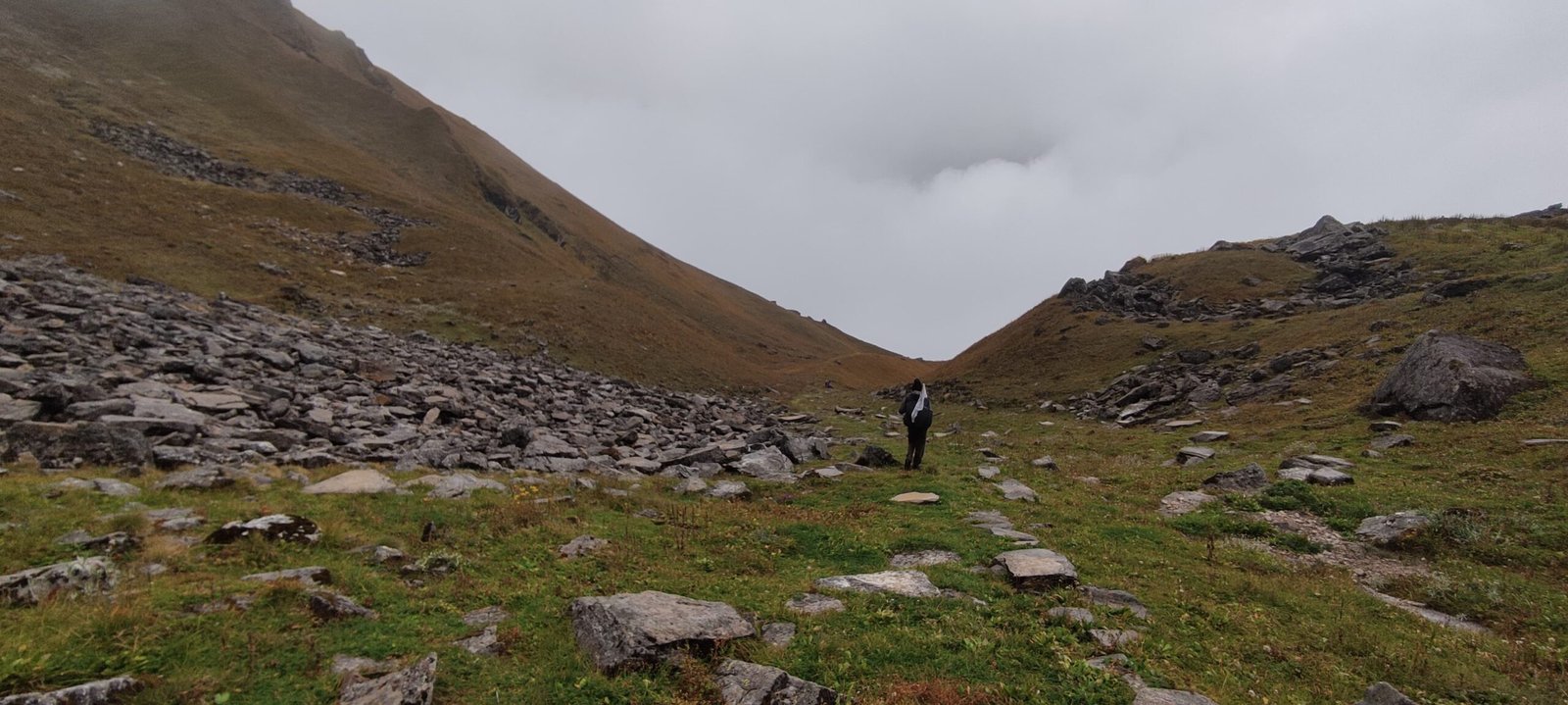
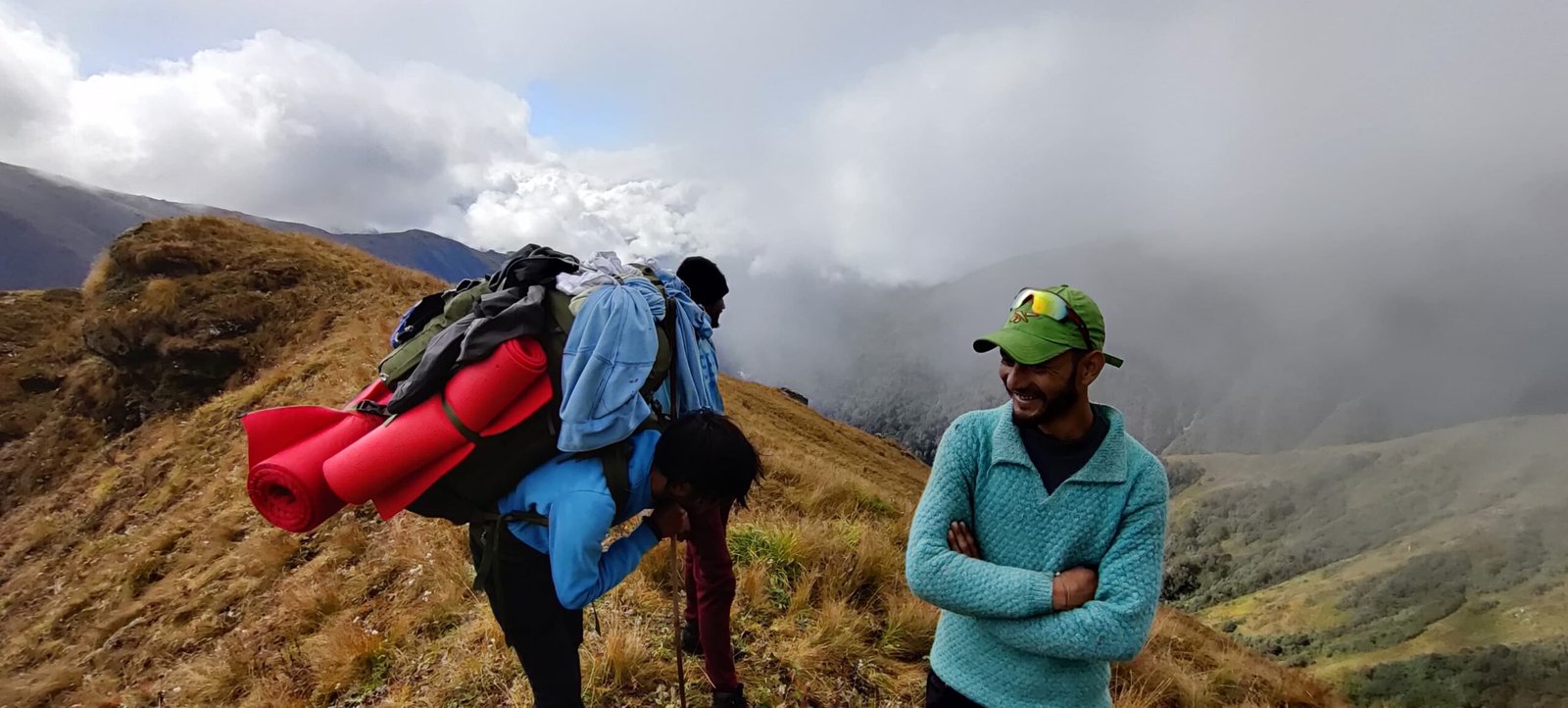

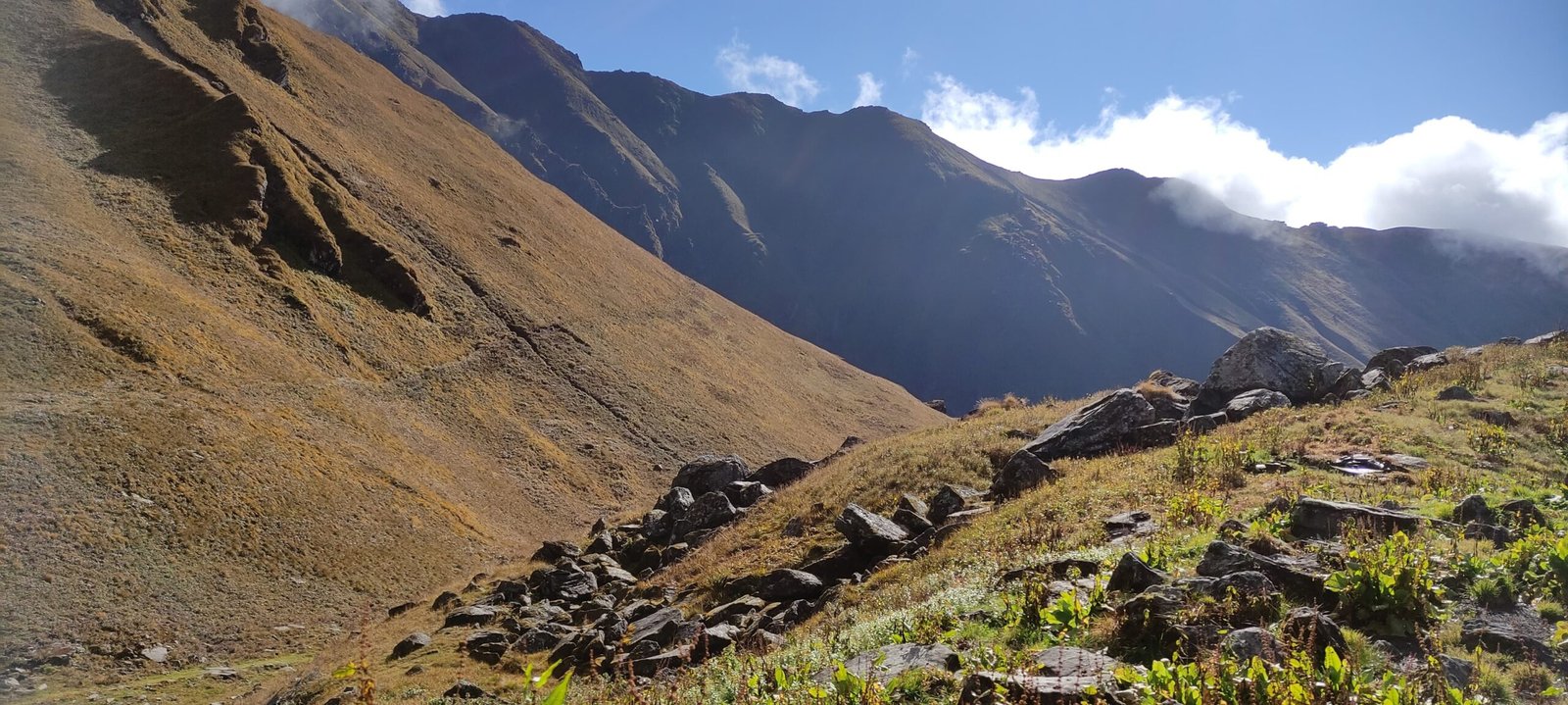
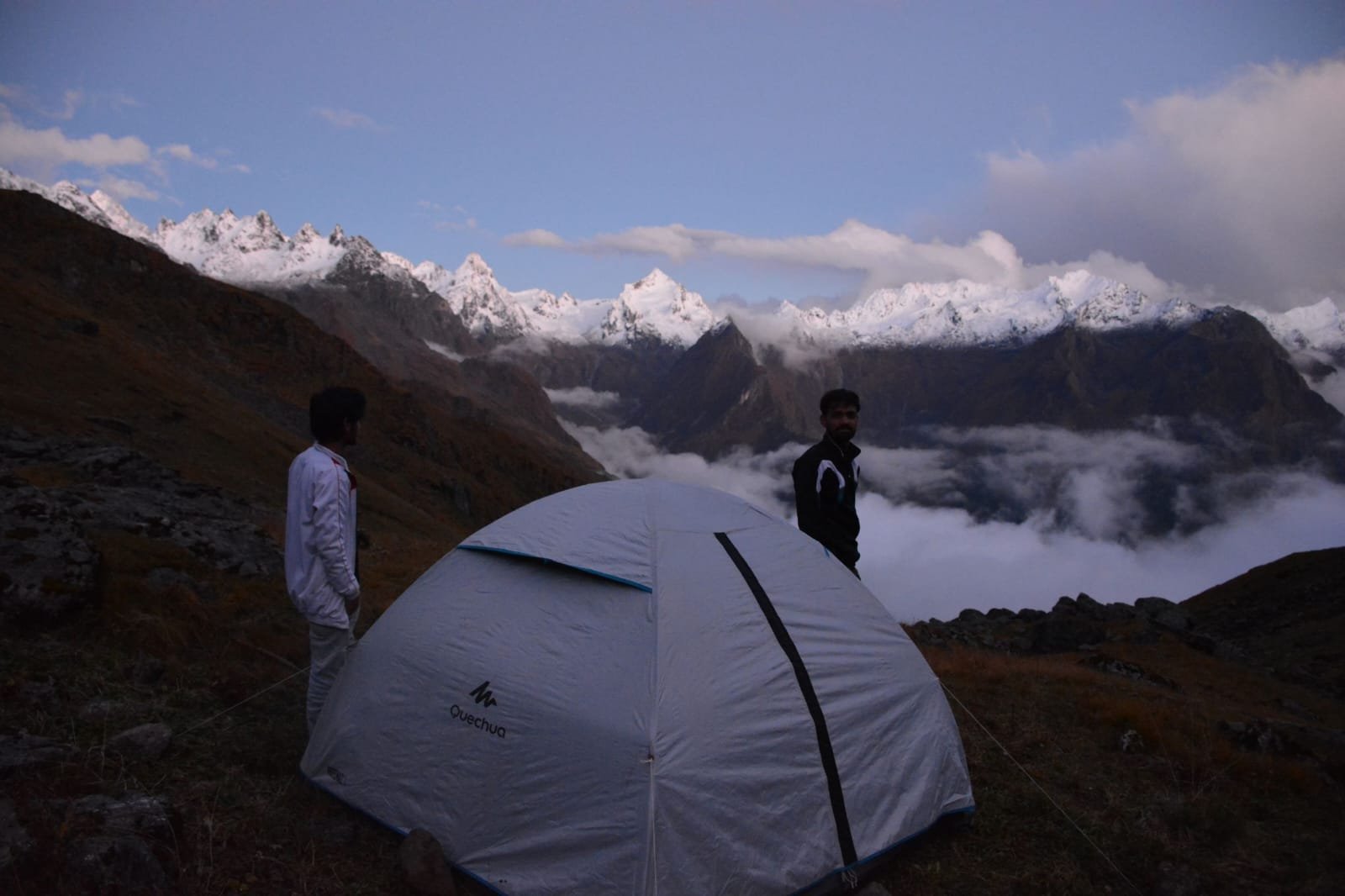
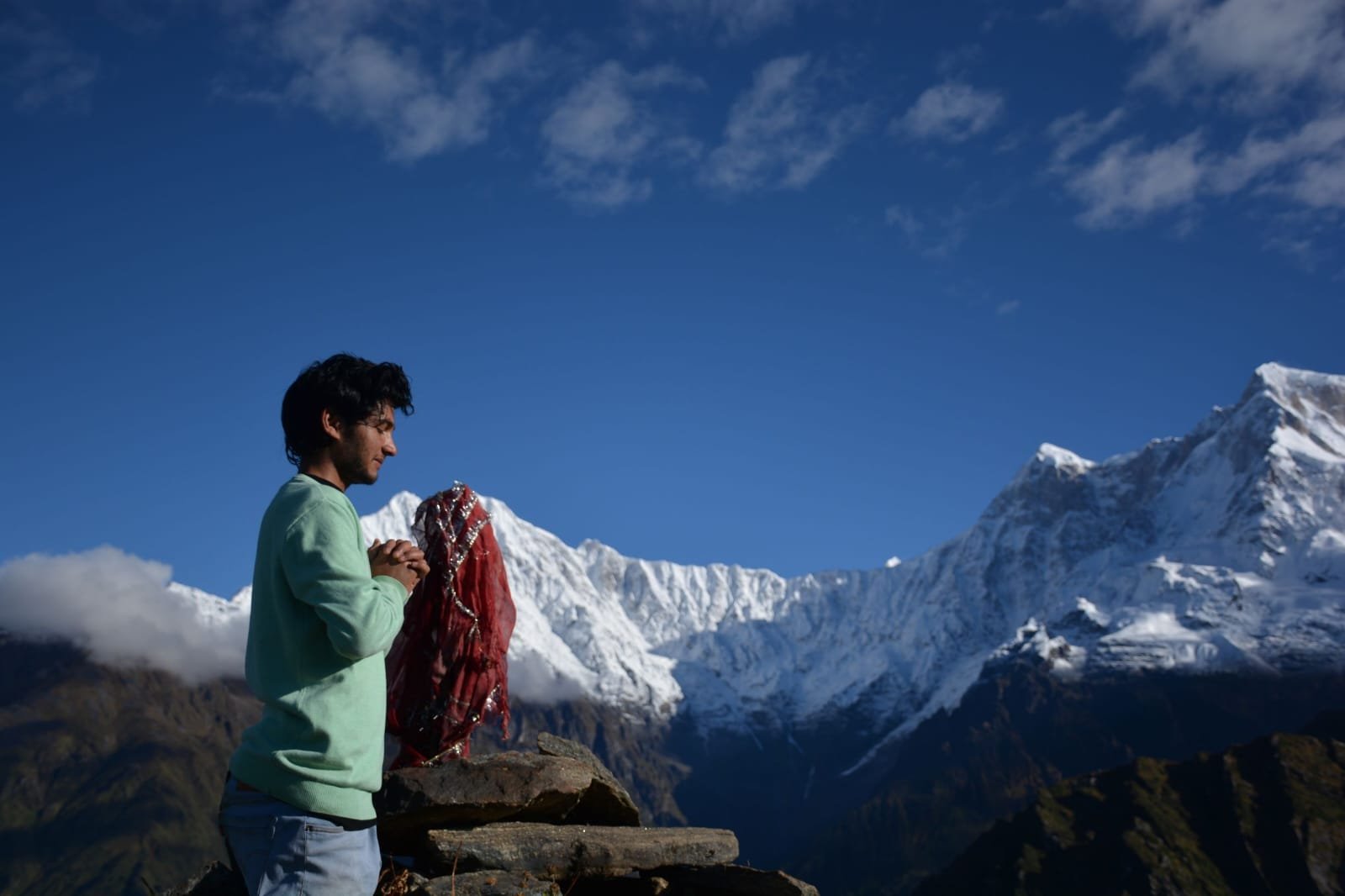
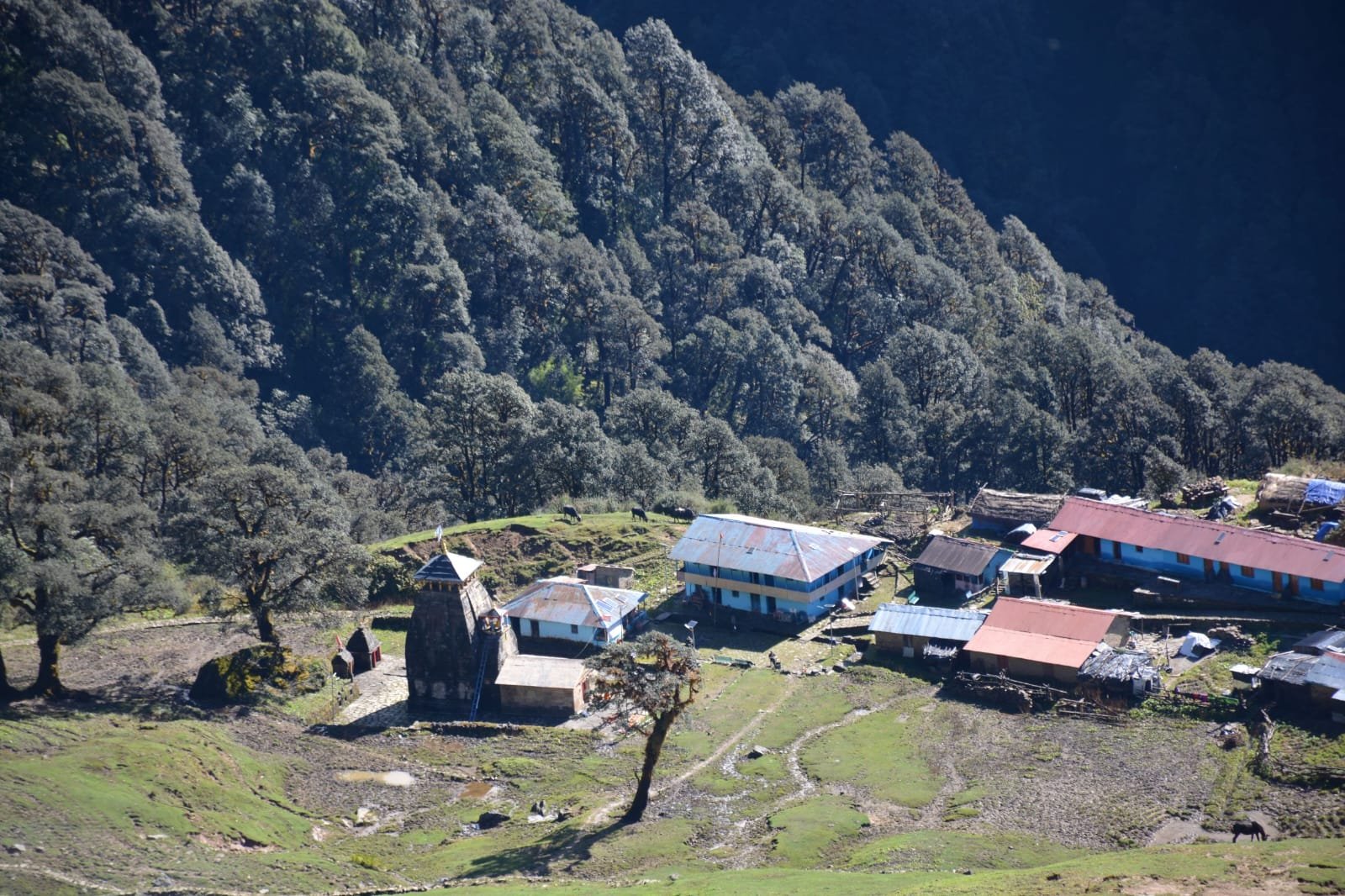
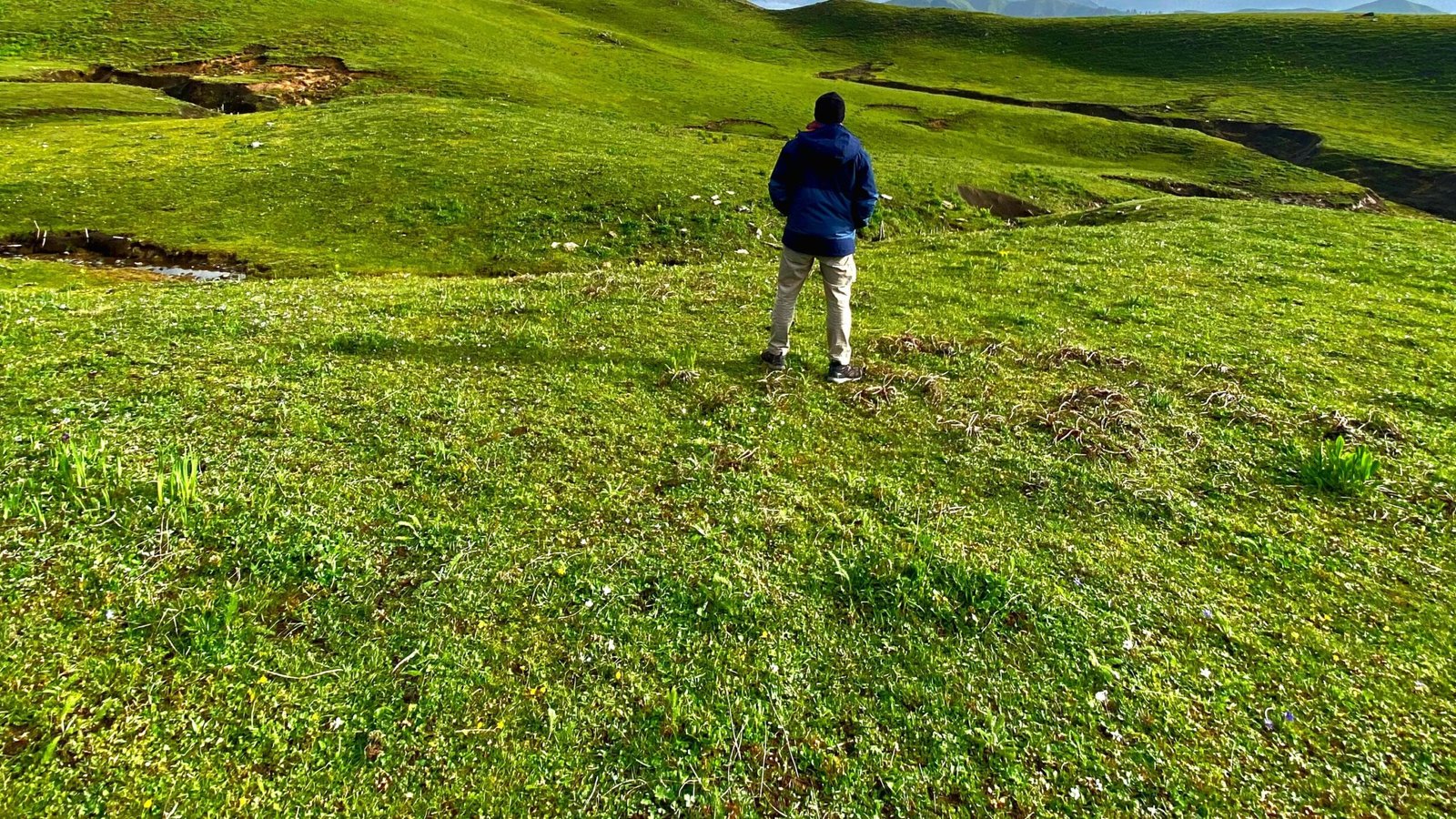
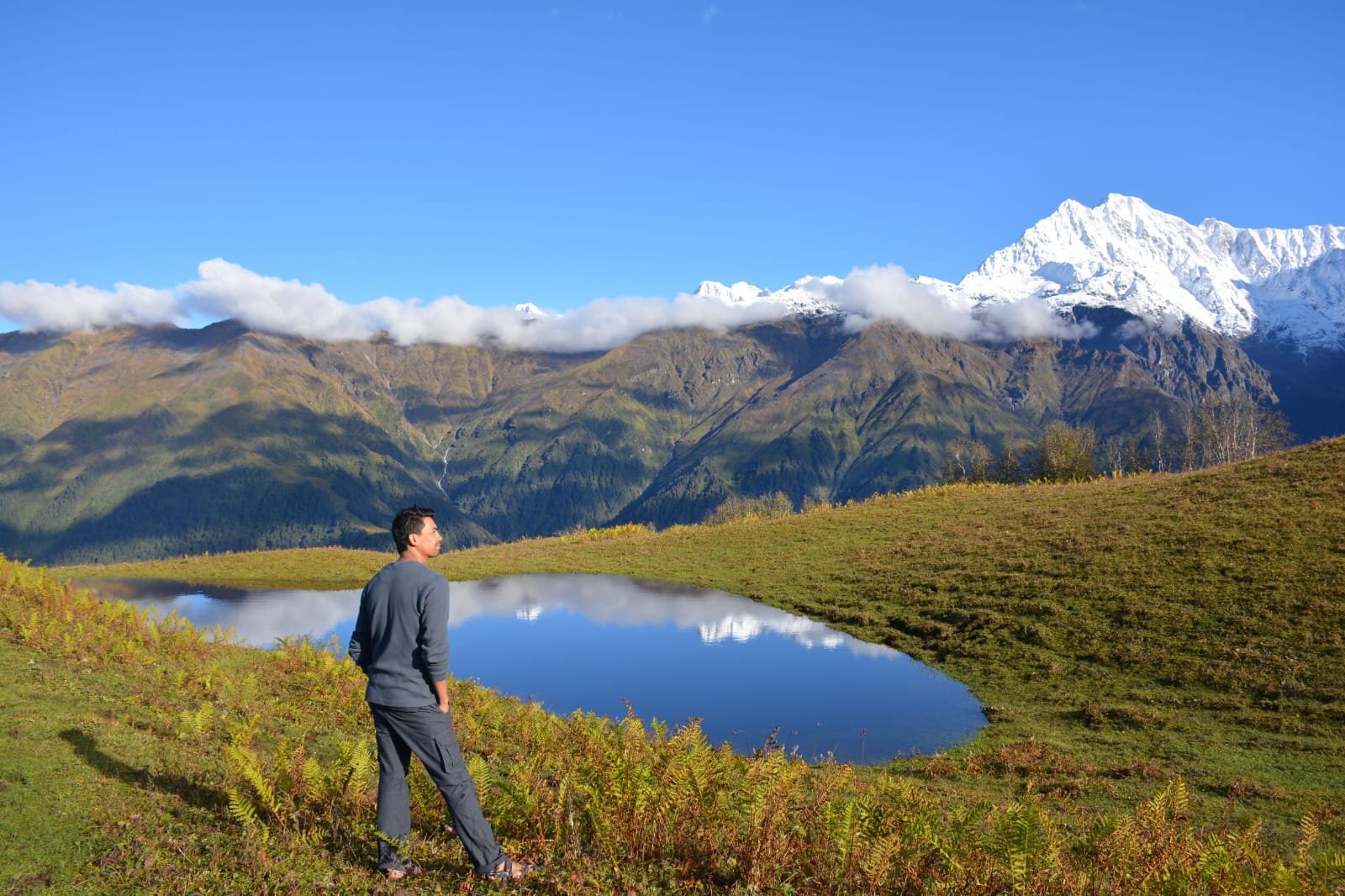
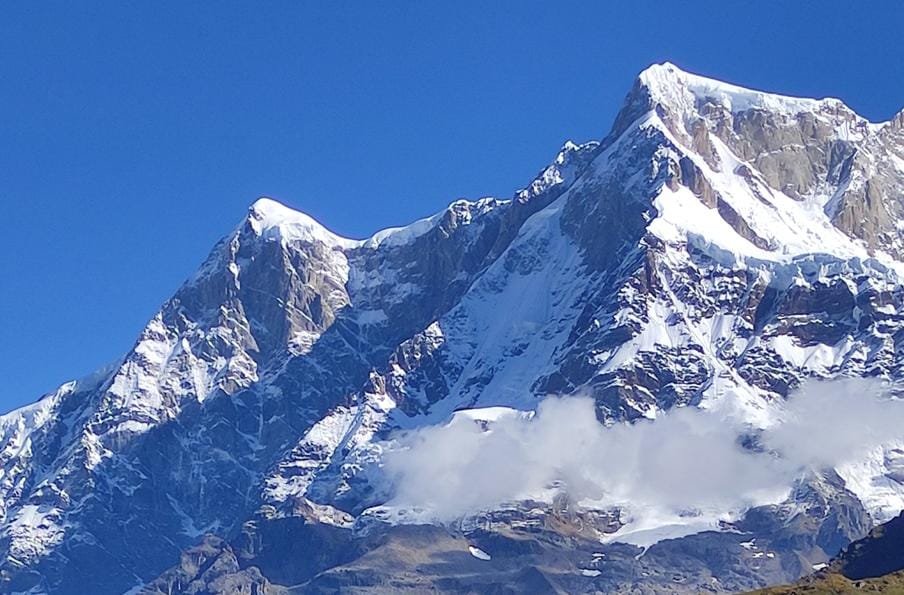
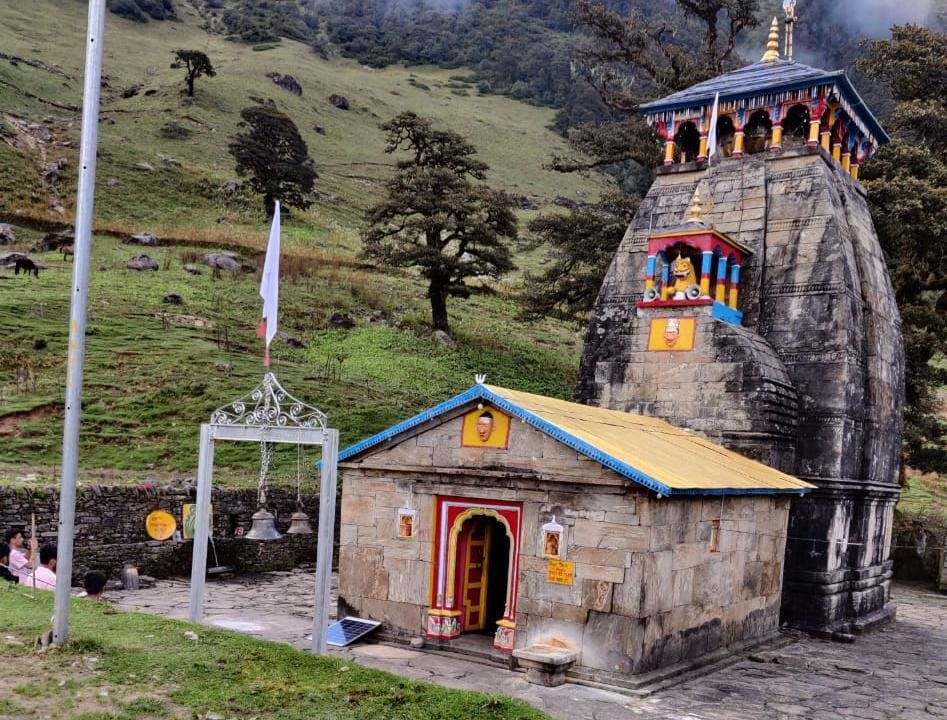
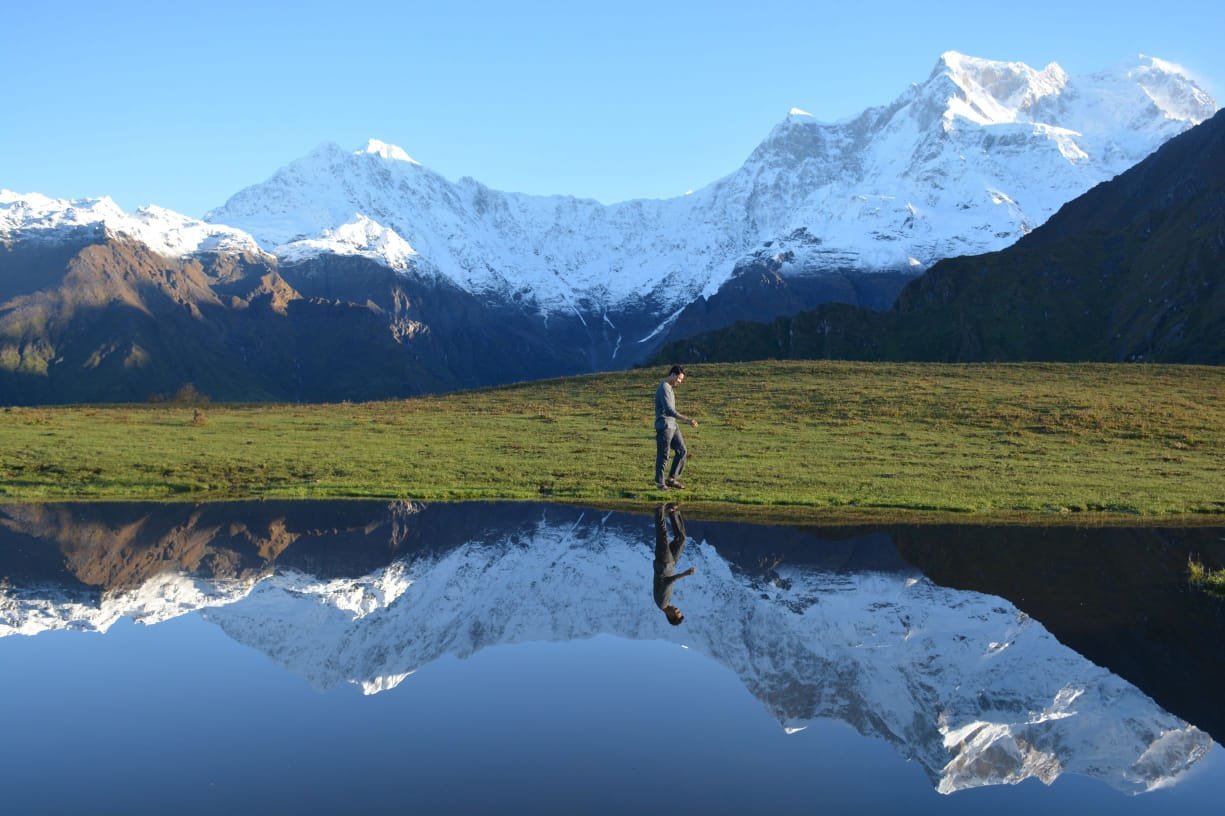
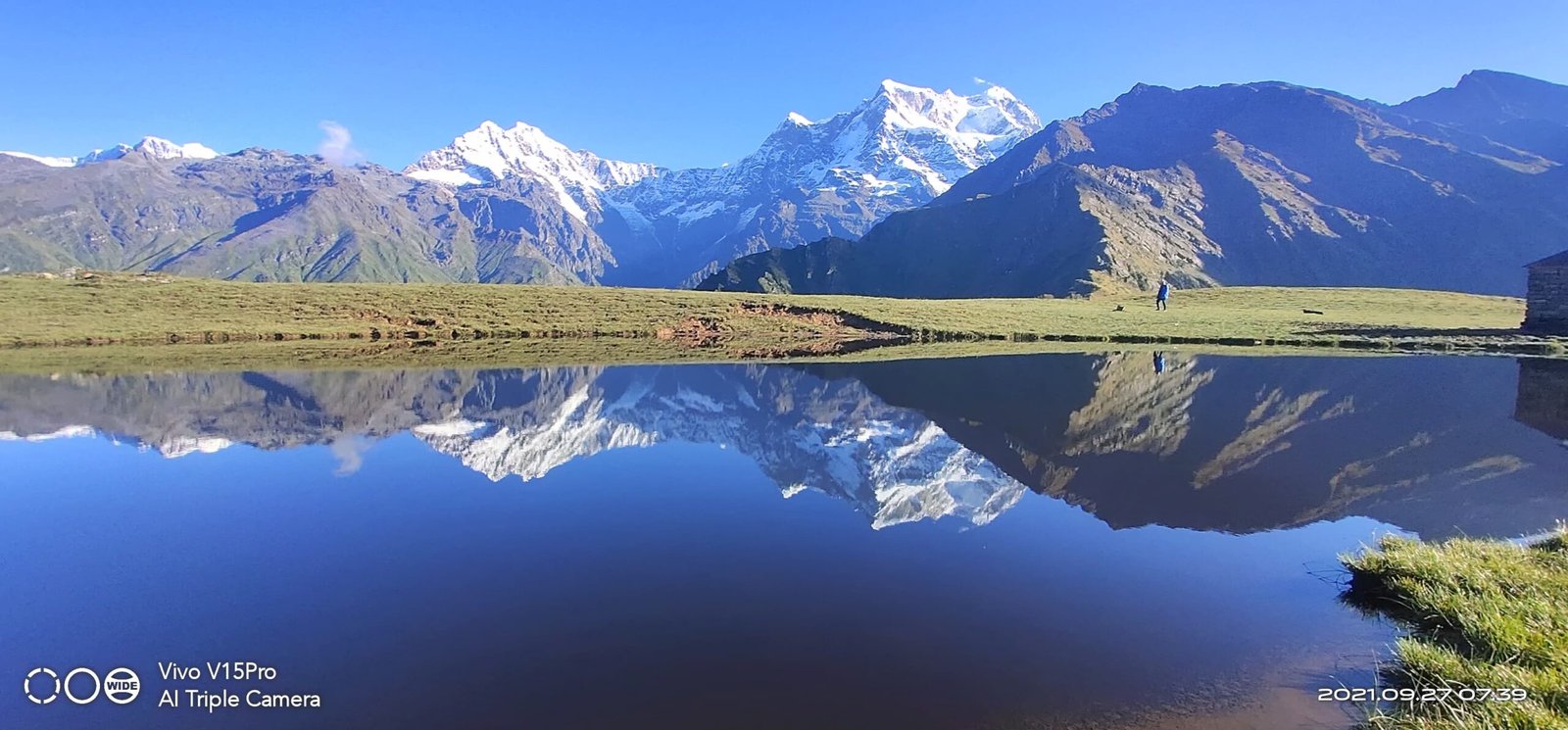
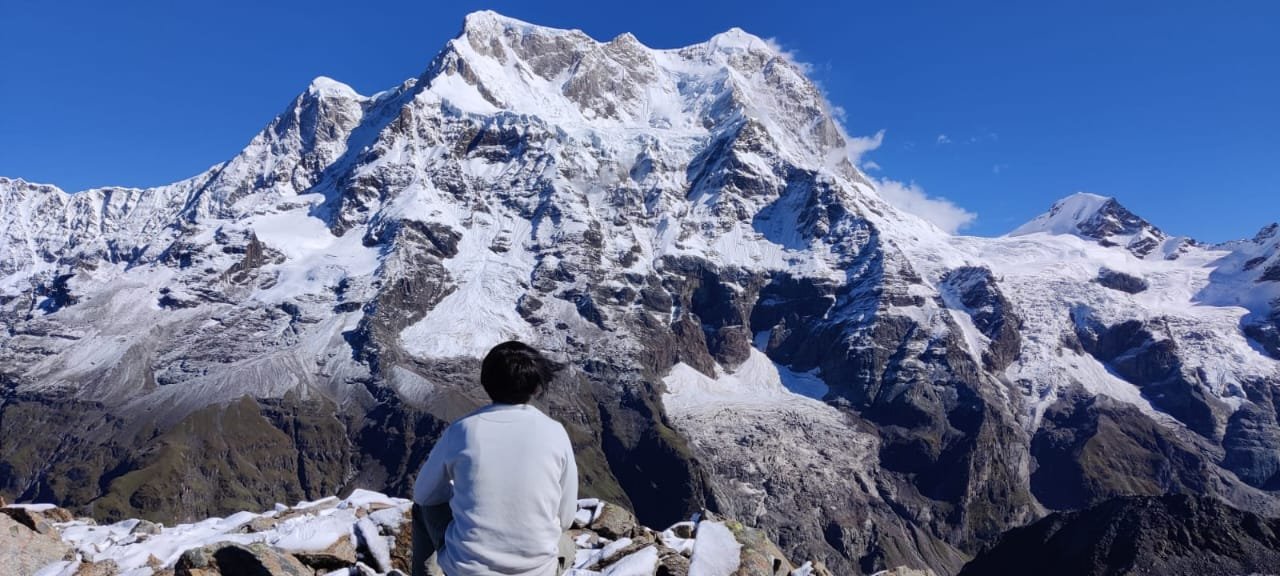
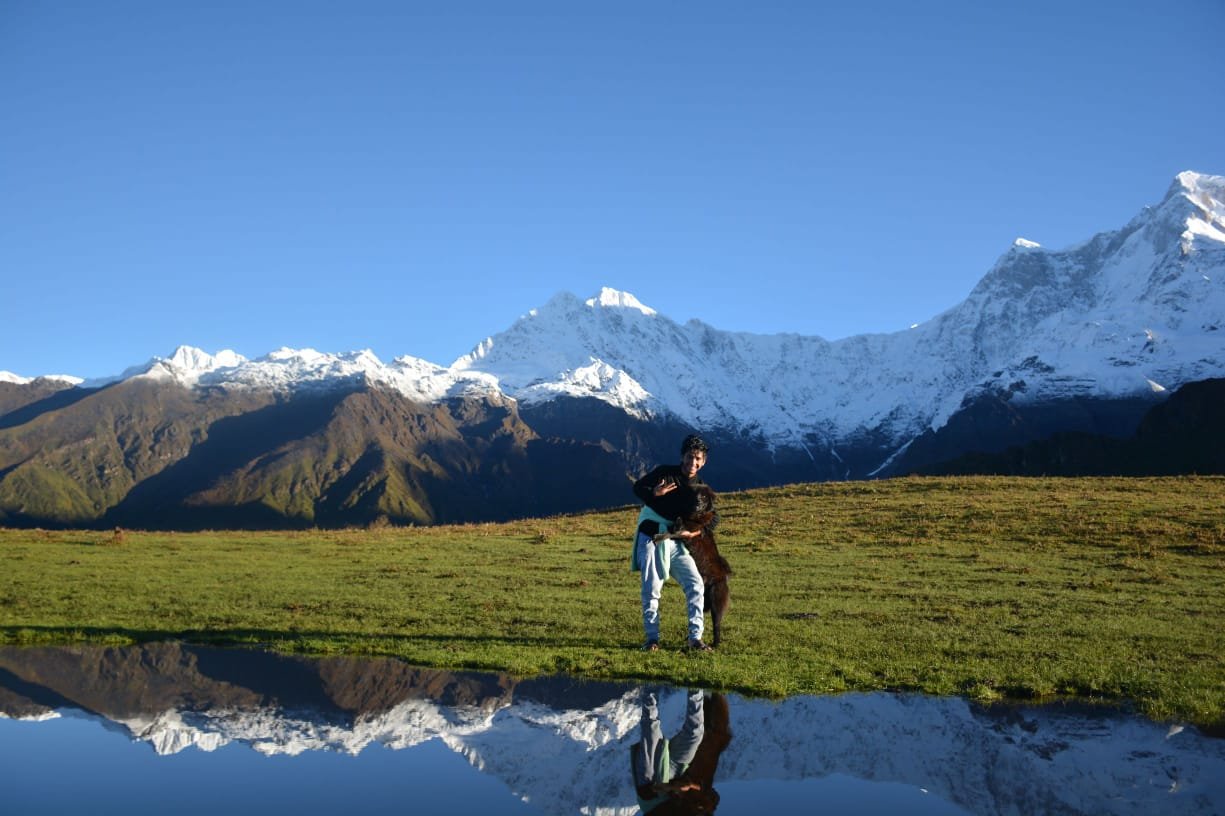
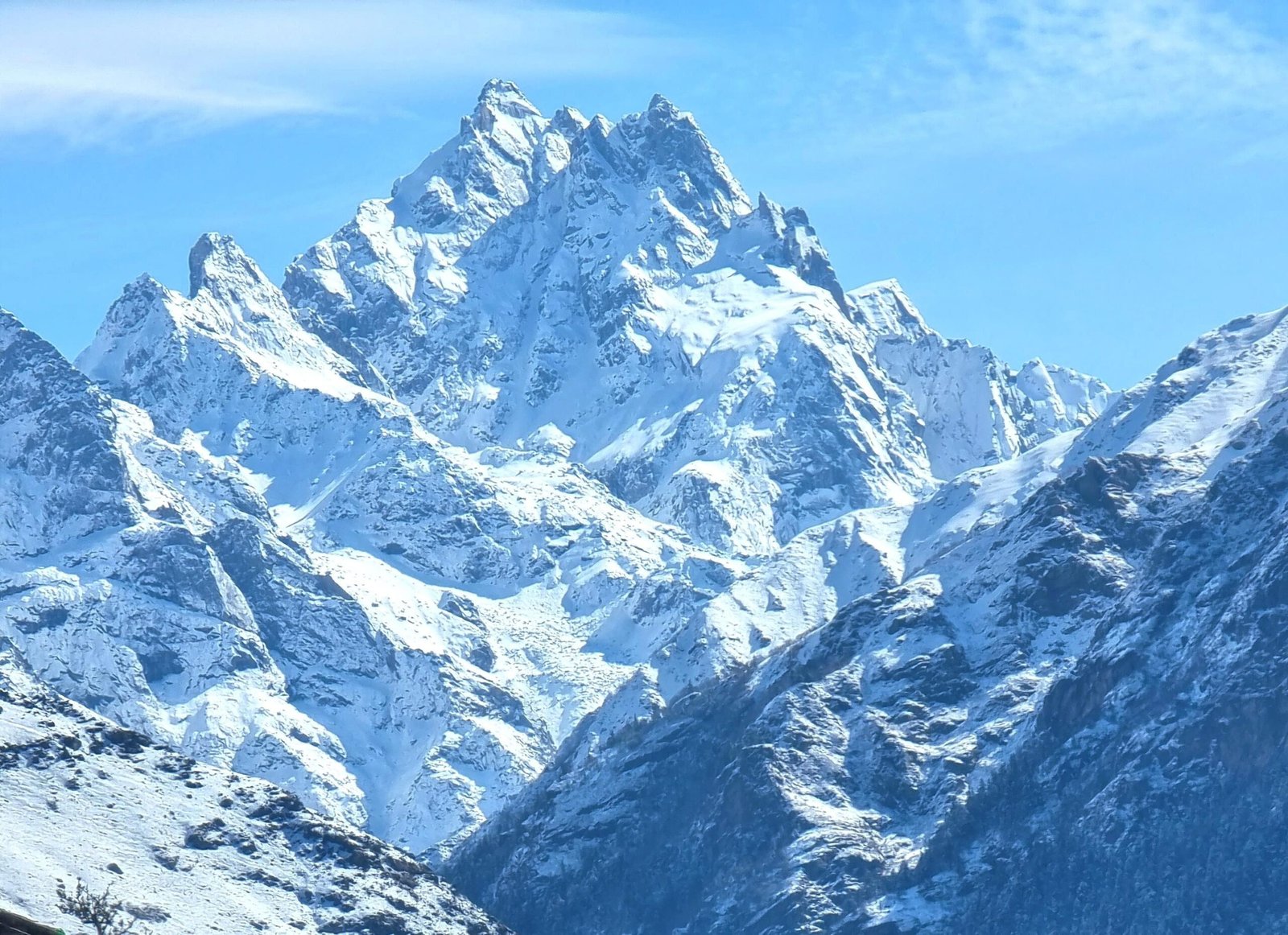
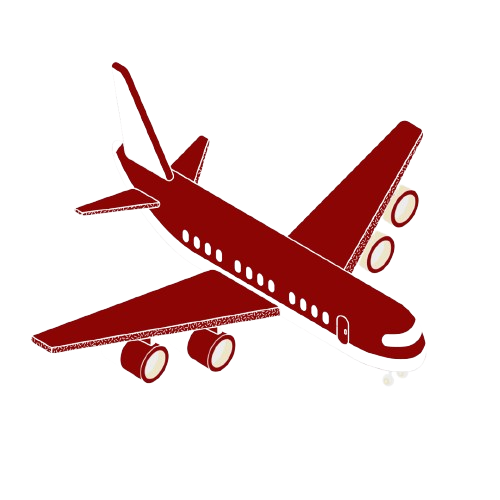



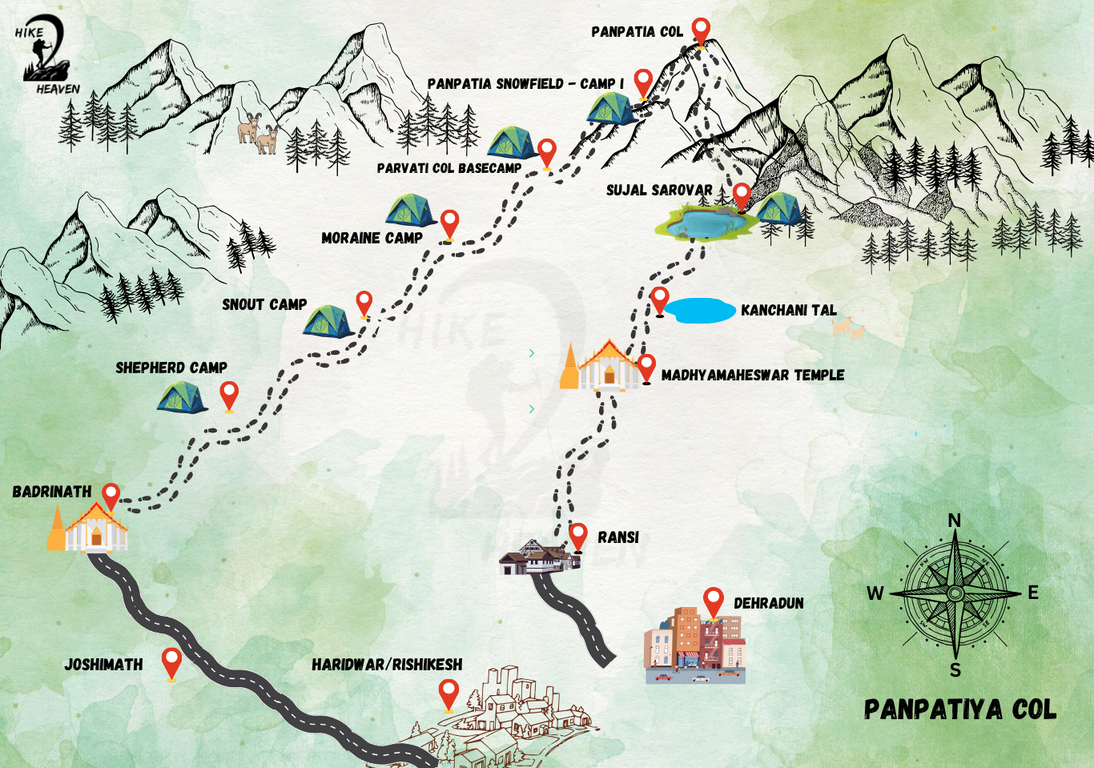
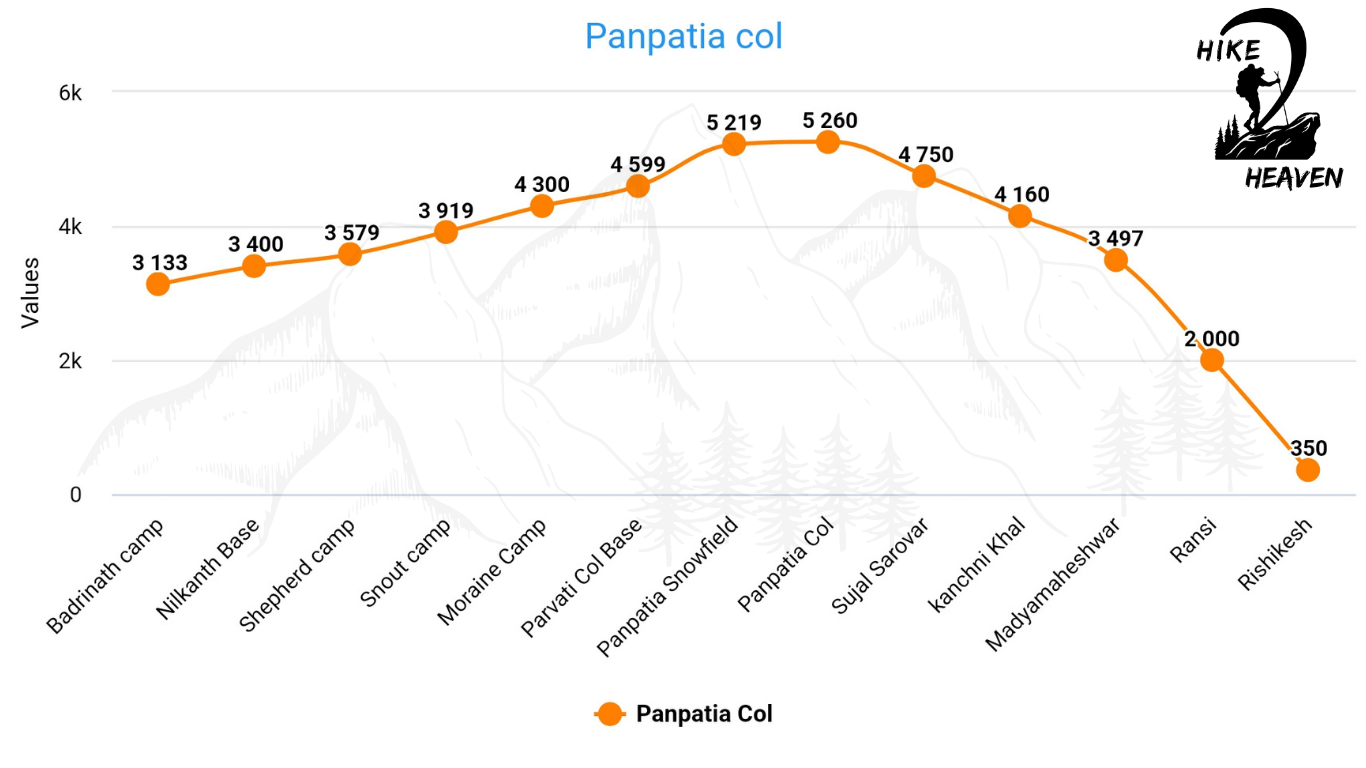
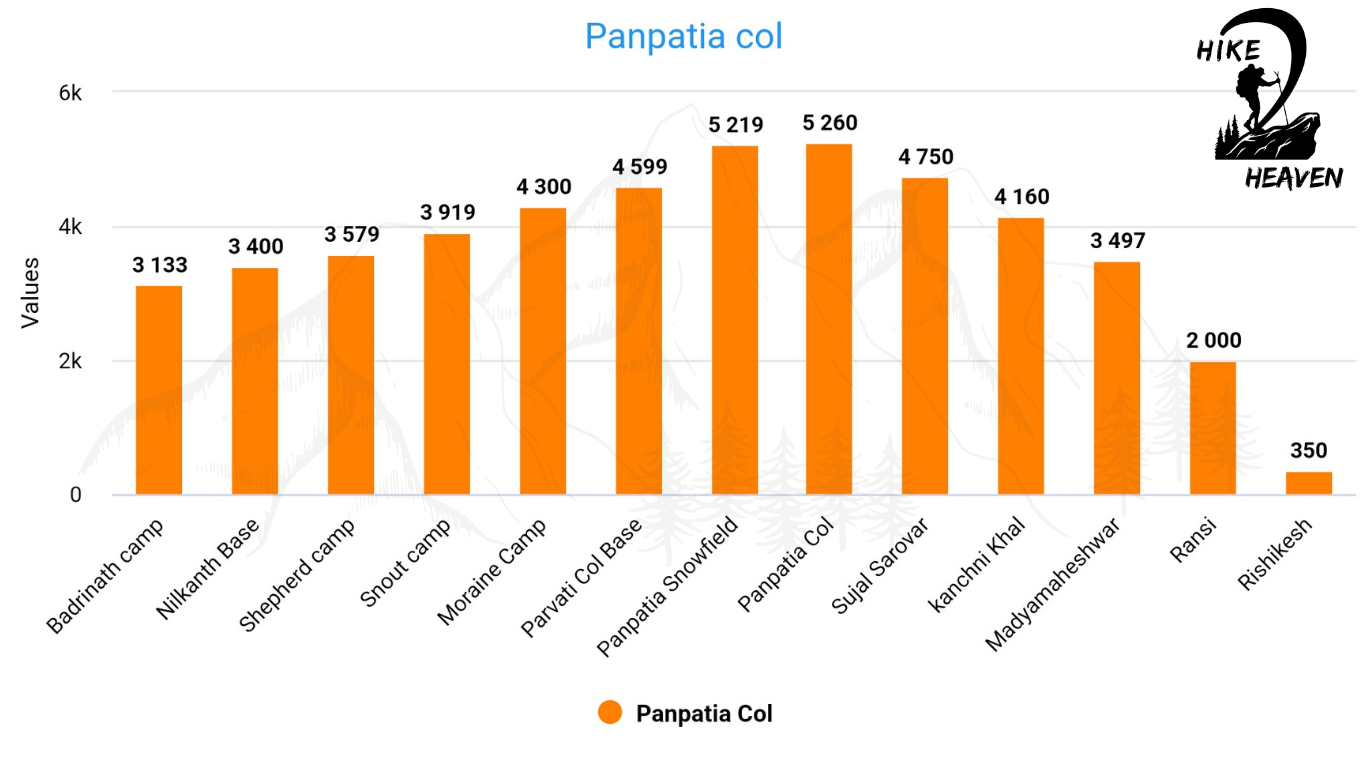
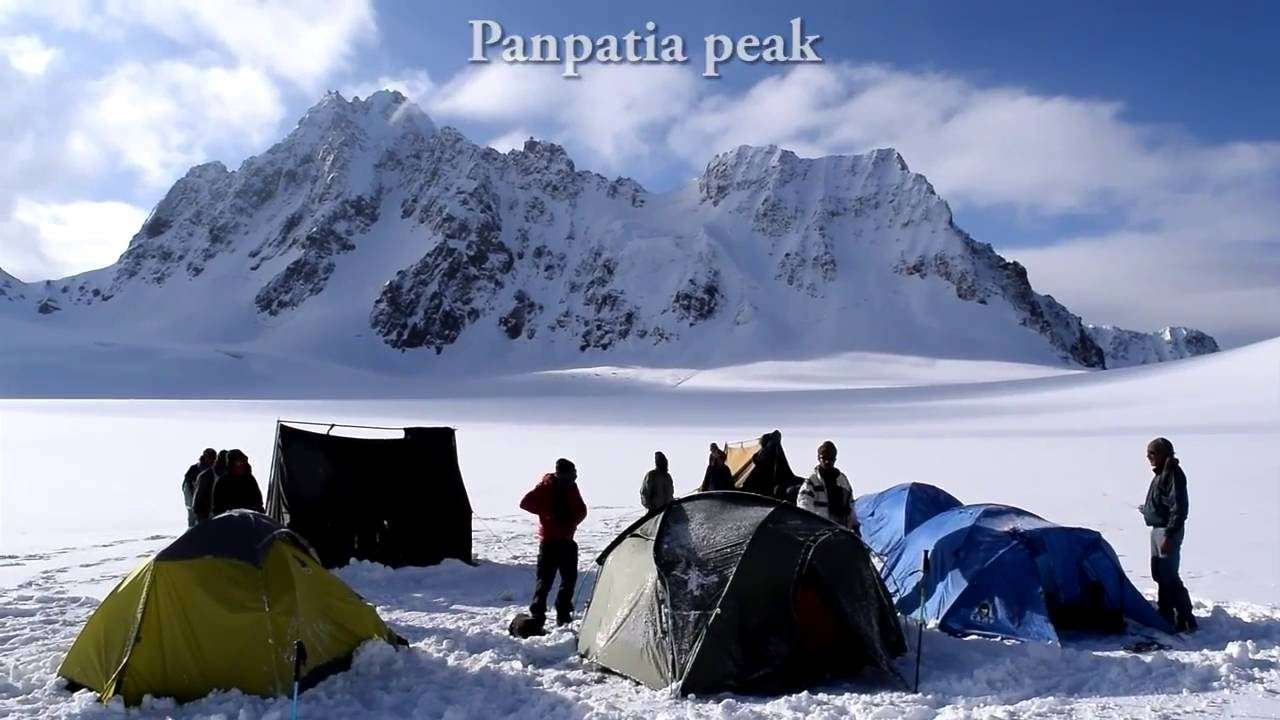
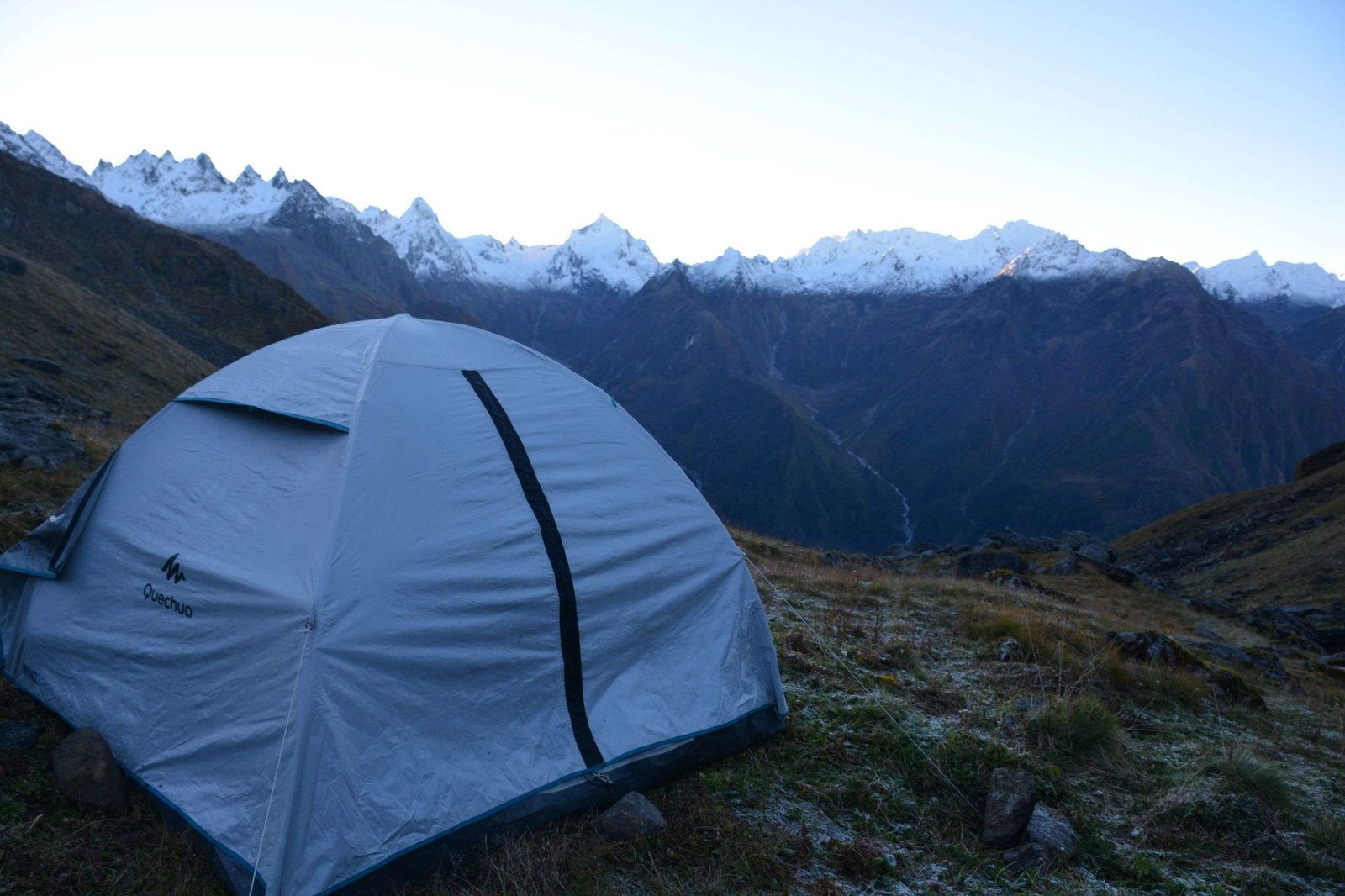
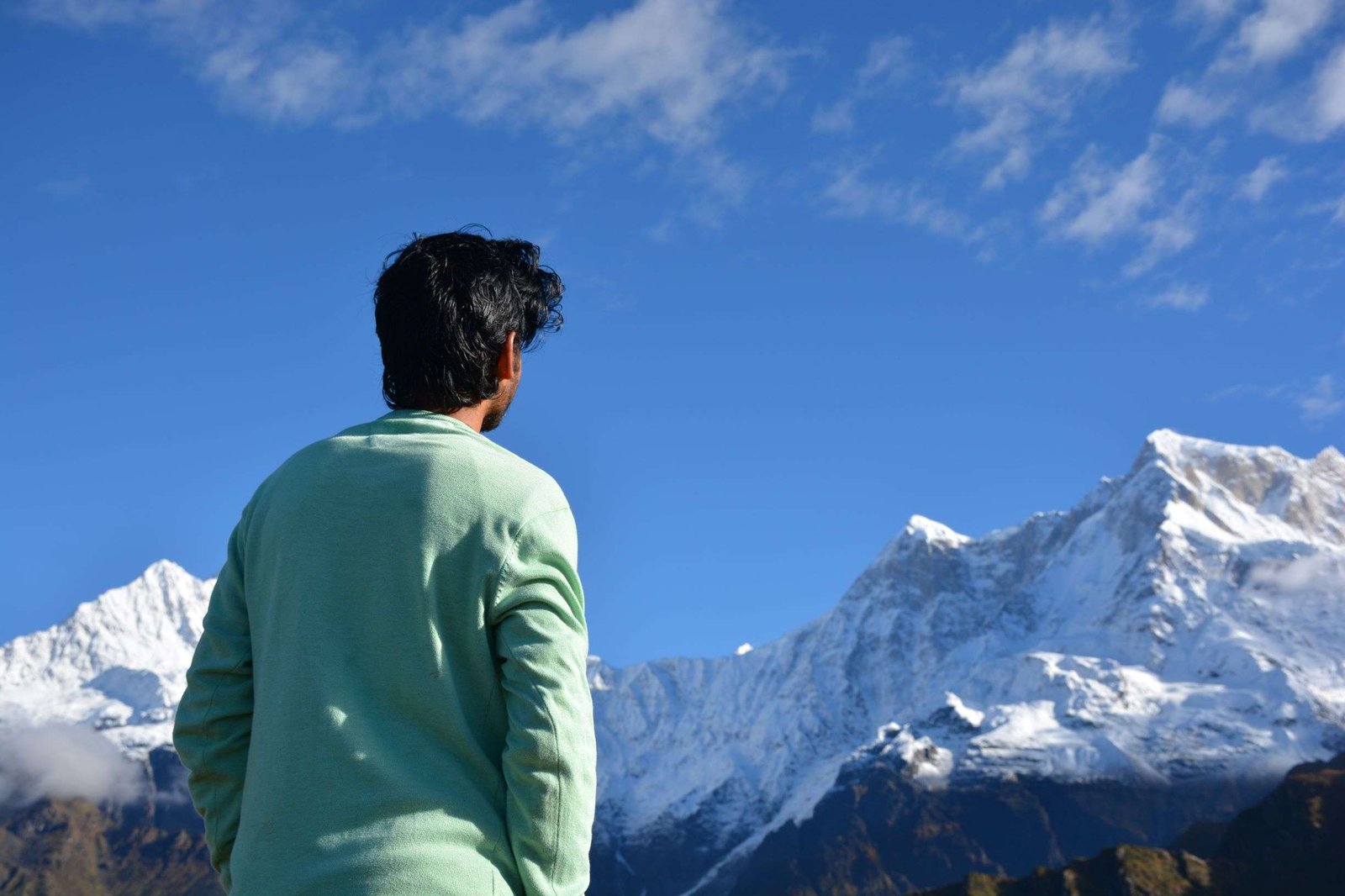
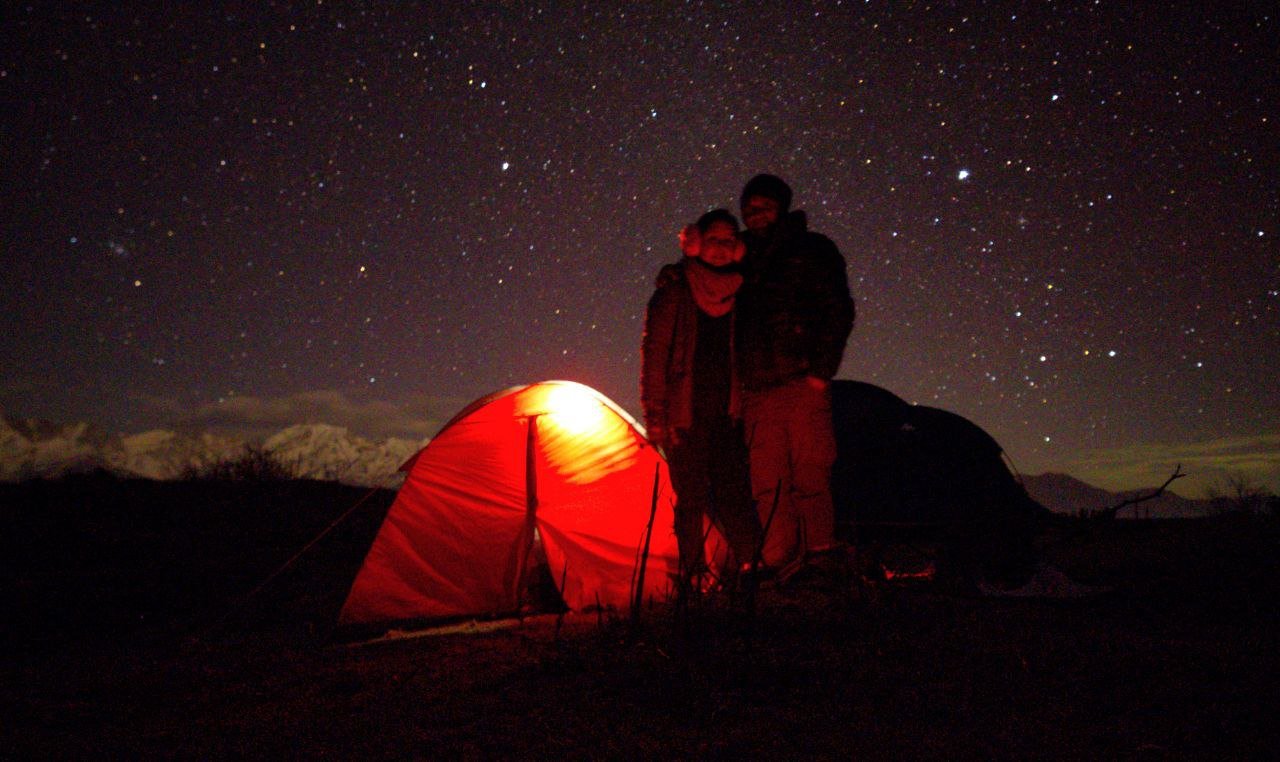
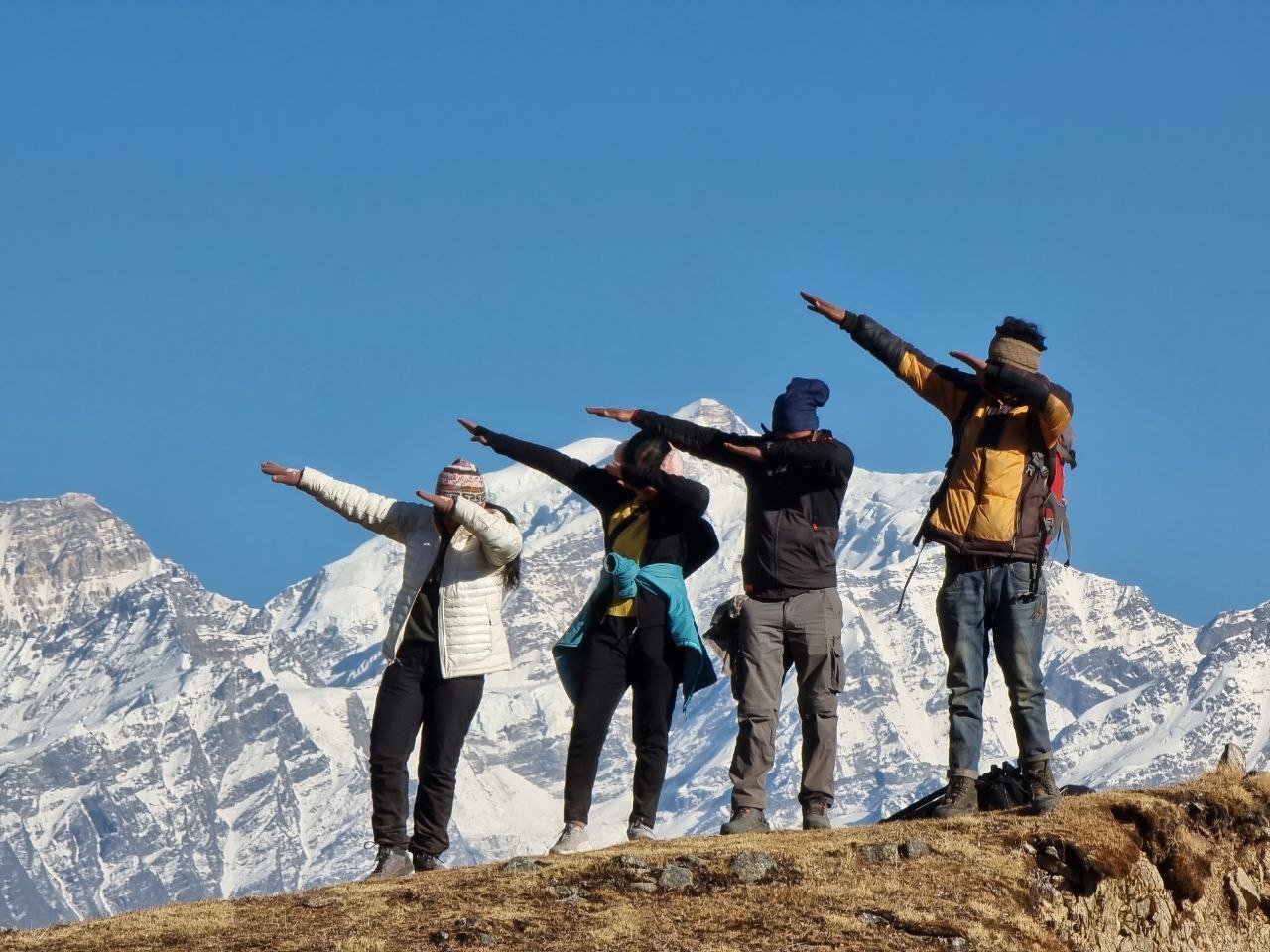
Write Your Review